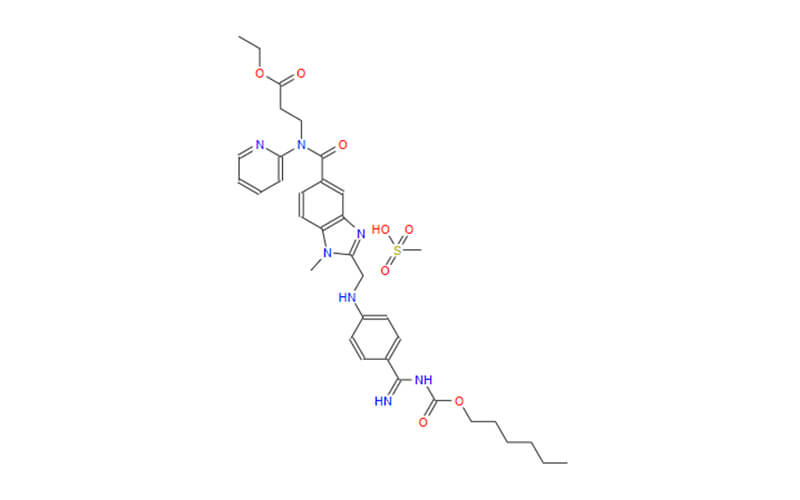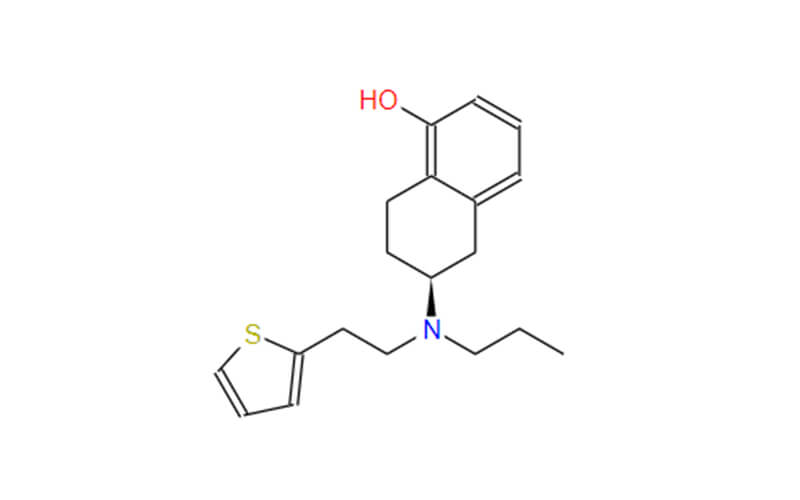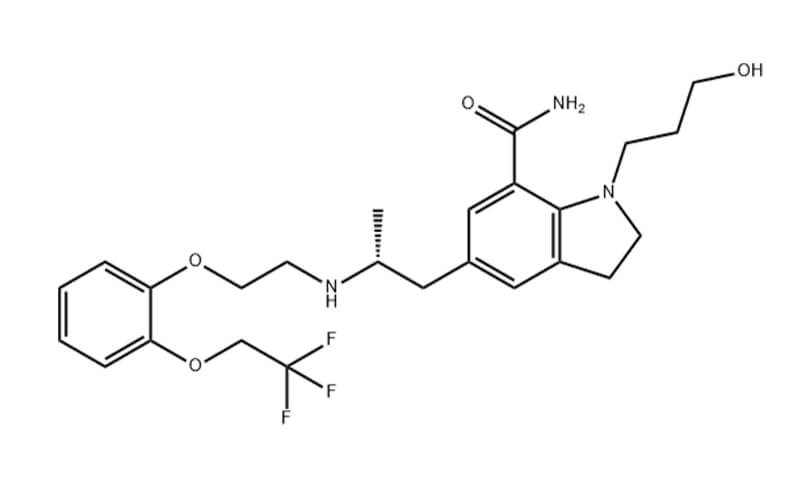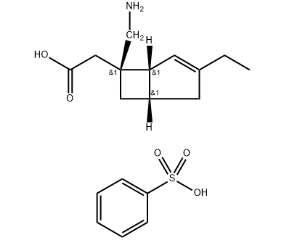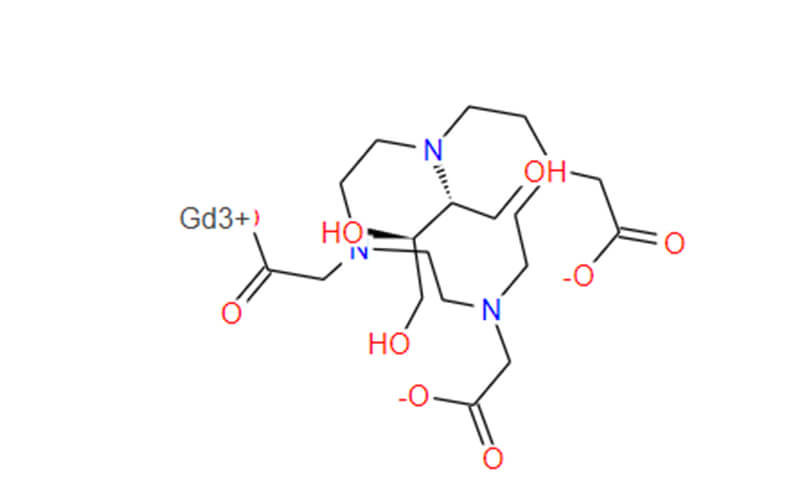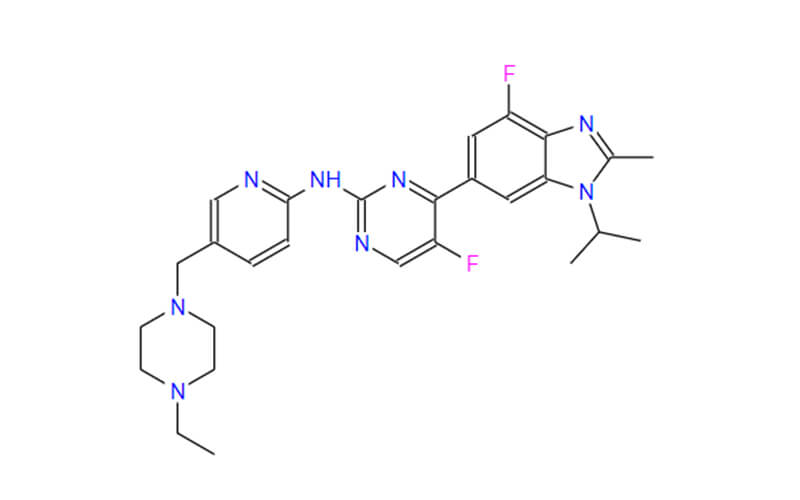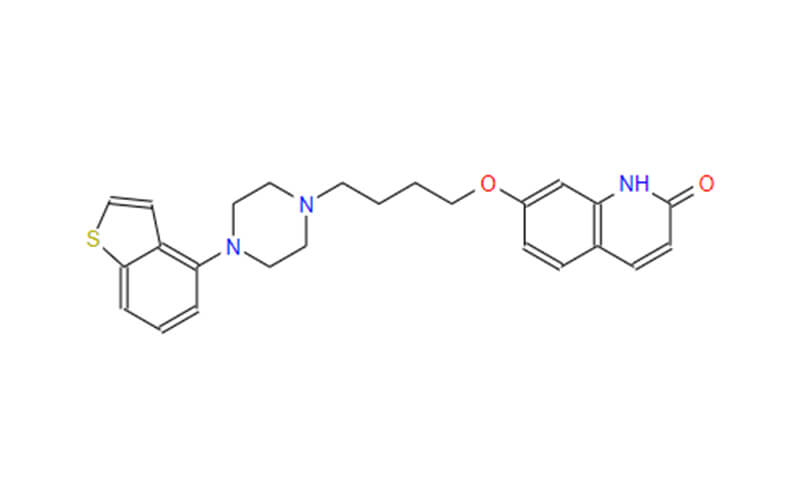Ticagrelor and Pediatric Patients: Considerations for Younger Populations
Ticagrelor, marketed under the brand name Brilinta, is an oral antiplatelet medication classified as a P2Y12 receptor antagonist. It has been extensively studied and utilized in adults for its ability to prevent platelet aggregation, reducing the risk of myocardial infarctions, strokes, and cardiovascular death.
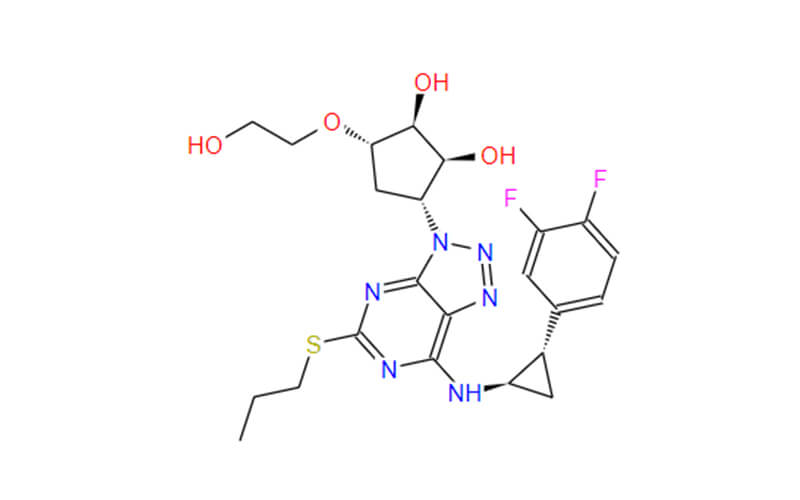
TICAGRELOR
Ticagrelor Uses in Adults
In adult populations, ticagrelor(Brilinta) has proven to be highly effective in various clinical scenarios. It is commonly prescribed in the following situations:
- Acute Coronary Syndrome (ACS): Brilinta is used in adults with ACS to reduce the risk of cardiovascular events, including heart attacks and strokes. It is often administered in combination with aspirin.
- Post-Stent Placement: After the placement of coronary stents, Brilinta is frequently prescribed to prevent blood clots and ensure the continued patency of the stent.
- Secondary Prevention: Adults with a history of heart attacks or strokes may be placed on Brilinta as a long-term preventive measure to reduce the risk of recurrence.
- Coronary Artery Disease (CAD): Brilinta is also used in adults with CAD to improve blood flow and reduce the risk of clot-related complications.
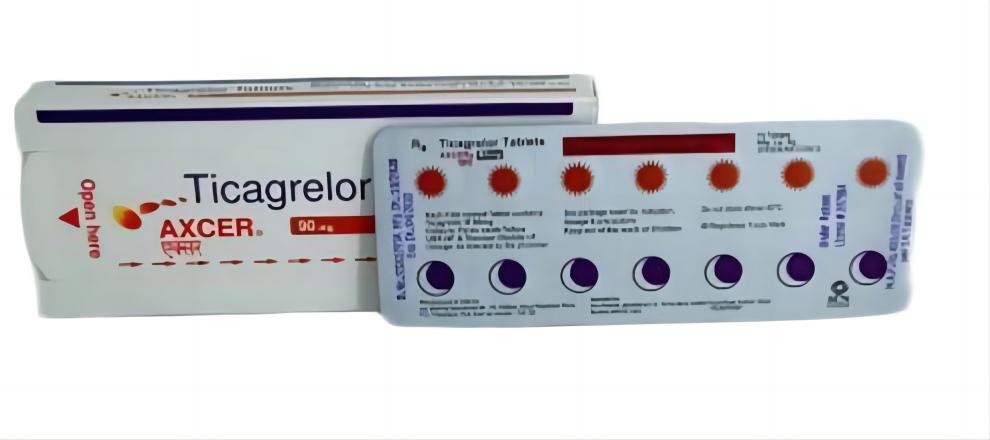
Potential Uses of Ticagrelor in Pediatric Patients
In addition to the use of ticagrelor in adults, there are scenarios where the use of Brilinta (ticagrelor) may be considered in pediatric patients:
- Congenital Heart Diseases
Ticagrelor’s antiplatelet properties make it a candidate for children with congenital heart diseases, especially those undergoing surgical interventions or catheter-based procedures. It can help reduce the risk of thrombotic complications in this vulnerable group.
- Postoperative Cardiac Surgery
Pediatric patients undergoing cardiac surgery often require anticoagulation to prevent clot formation in their newly implanted devices or conduits. Ticagrelor, with its rapid onset and offset of action, may offer advantages over traditional anticoagulants in this context.
- Kawasaki Disease
Kawasaki disease, which primarily affects children, can lead to coronary artery aneurysms. Ticagrelor may have a role in preventing thrombotic complications in these cases, alongside standard treatment with intravenous immunoglobulin.
- Thrombosis Prevention in Pediatric ICU
Critically ill pediatric patients in the intensive care unit (ICU) are at risk of developing thrombotic events. Ticagrelor could be considered as part of a prophylactic strategy in select cases where the benefits outweigh the risks.
- Platelet Aggregation Disorders
Pediatric patients with platelet aggregation disorders may benefit from Ticagrelor, which can help reduce the risk of thrombotic events associated with these conditions.

Challenges and Considerations of Ticagrelor for Pediatric Patients
- Limited Pediatric Data: It’s important to note that Ticagrelor’s use in pediatric populations is not as well-studied as in adults. Clinical trials and safety data are limited in this age group.
- Dosing Challenges: Determining the appropriate dosage for children can be challenging due to age and weight variations. Pediatric dosing must be carefully calculated to ensure safety and efficacy.
- Monitoring and Adverse Events: Monitoring platelet function in pediatric patients on Ticagrelor is essential to assess its effectiveness and safety. Special attention should be given to the potential risk of bleeding events, as children may have different bleeding profiles compared to adults.
- Formulation and Administration: Ticagrelor tablets may not be suitable for pediatric patients who have difficulty swallowing pills. Formulation adjustments, such as liquid preparations or crushed tablets, may be required to ensure proper administration.
- Individualized Decision-Making: The use of Brilinta in pediatric patients should be individualized based on the specific clinical condition, risk-benefit assessment, and consultation with pediatric cardiology specialists.
In general, Using Ticagrelor in pediatric patients presents challenges related to dosing complexity, safety concerns, and limited data. While it may have potential applications in specific scenarios, the cautious and well-monitored use of established pediatric medications remains the preferred approach. Further research and clinical trials are needed to clarify Ticagrelor’s role and ensure safe and effective treatment options for pediatric patients.
Conclusion
In summary, the use of Ticagrelor in pediatric patients is an evolving area of study. While the medication has shown promise in reducing cardiovascular events in adults, its application in younger populations lacks sufficient data and clinical indications. Ongoing research explores its potential use in specific pediatric cases, but caution and adherence to ethical guidelines are essential.
To ensure medication safety and good effectiveness, we recommend choosing Ticagrelor suppliers carefully. Respected ticagrelor manufacturers maintain quality control standards, hold essential certifications, and give paramount importance to product authenticity. As research advances, Ticagrelor’s role in pediatric cardiovascular care may become clearer, offering new possibilities for certain medical conditions in younger patients.

